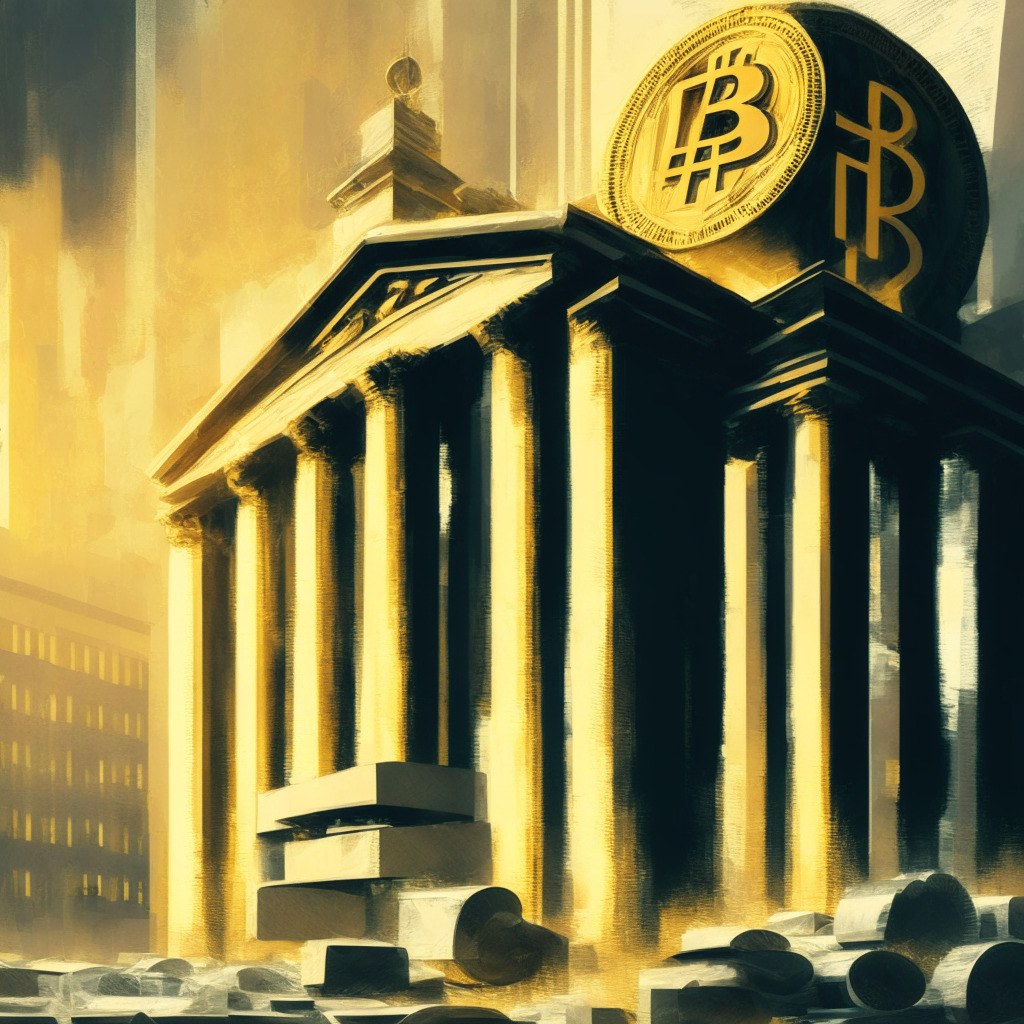For the past 16 months, significant concerns about inflation have been experienced at the highest economic helm: the U.S. Federal Reserve. However, surprises have been few and far between when it comes to interest rates. As we watch the Federal Open Market Committee (FOMC) convene to outline key monetary policies, it’s interesting to note a clear undertone of apprehension.
The FOMC meeting should continue the trend with a likely 25 basis point hike and significant discourse around the enduring threat of inflation. According to the CME Rate Watch tool, there’s an overwhelming probability (98%) of yet another quarter point increase, which would push the federal funds rate to its highest level in almost two decades: between 525 and 550 basis points.
Investor hope was momentarily invigorated when the FOMC hit the pause button on their 15-month monetary tightening affair. It looked like dovish sentiments were seeping in, promising a future devoid of aggressive strategies. However, the bank, in its statement after the decision, hinted that inflation continues to be a serious concern, and not entirely off the table are further raises in rates.
In the world of bitcoin and crypto markets, responses to these macroeconomic statements have been somewhat nonchalant. Bitcoin, for example, has been stable, trading between $29,000 and $31,500 for the past couple of months. Today, it hovers around $29,100, representing a 24-hour decline of 3%. The crypto space is evidently waiting for a fresh catalyst to stimulate trading activities.
On the other hand, this week will witness the release of several critical economic indicators. The Consumer Confidence Index (CCI) will reveal public sentiment about the economy. Data on jobless claims and Personal Consumption Expenditures (PCE) will further shed light on economic growth and inflation, respectively.
Still, the Fed seems on edge. Even though inflation fell to 3% in June from 4% in May, the job market’s resilience and high core PCE present a complex scenario. Despite widespread expectations of an interest rate hike before the year ends, the momentum of price increases, persistent inflation fears, and consumer reluctance to rule out a potential recession present considerable challenges.
It raises questions: is the Fed taking the precise strides needed to taper inflation to its desired 2%? Can a still-thriving job market successfully align with price reduction strategies without causing major disruptions? Are consumers, in the long run, ready to adapt to these economic outcomes?
Ultimately, these are the poles between which the future economy will have to find its balance. It’s a balancing act we’re all a part of, and it’s certainly going to be interesting to see how the rest of the year unravels in light of these factors.
Source: Coindesk




